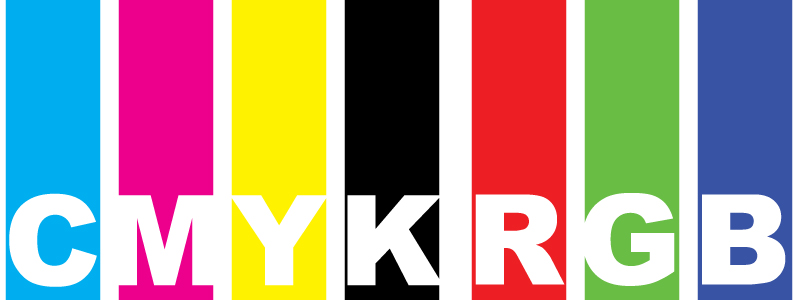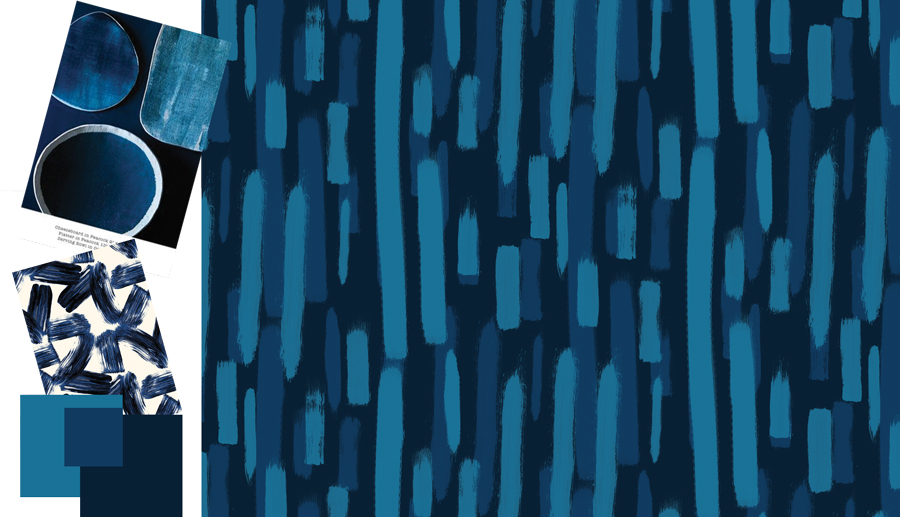Since the beginning of printing anything, there has been a lingering question: CMYK or RGB?
Which colour space should I use?
To reach an answer on which one to use, we first must understand each colour space and what they are designed to do.
This post will help you to understand how CMYK and RGB work, what they are intended to do and where they will best be used.
CMYK
CMYK stands for Cyan, Magenta, Yellow and BlacK.
CMYK is what is known as a ‘subtractive’ colour space. It is considered subtractive as CMYK works on the principal that you start with white and then add colour, removing the light. If all colours are added at full capacity you end up with the darkest colour, black and have completely subtracted the light (white).
CMYK is used in most printing processes such as dye sublimation, paper printing, screen printing etc.
RGB
RGB stands for Red, Green, Blue.
RGB is an ‘additive’ colour space, as you begin with black (darkness) and add light to reveal the visible colours. If all of the light has been added then you have produced white by completely eliminating the darkness.
RGB is used in digital applications such as computer monitors, screens, websites, cameras etc.
So, which one?
With this information in mind, it now comes down to your application: Print or Digital?
Digital applications such as computer screens and websites use RGB colouring as these use light to create their colour, which is a perfect fit with RGB.
RGB will display beautifully and vividly on screens.
Printing applications such as dye sublimation and paper printing mostly use CMYK colour space files as the inks used are physically CMYK inks. These printers begin with a white fabric base or white paper stock and the colour is then added to it, making it a perfect fit with the CMYK process.
The best thing to do would be to contact your printer to confirm their preferred colour space as some printers do print RGB files as well, depending on their setup.
At Mereton we recommend creating your files in CMYK as this will give you the most accurate results when printing.
As screens display in RGB regardless of the colour space you choose for your files, it is always recommended to order a sample prior to ordering as going by what you see on screen won’t necessarily be the same as what you see when it is printed onto fabric.




